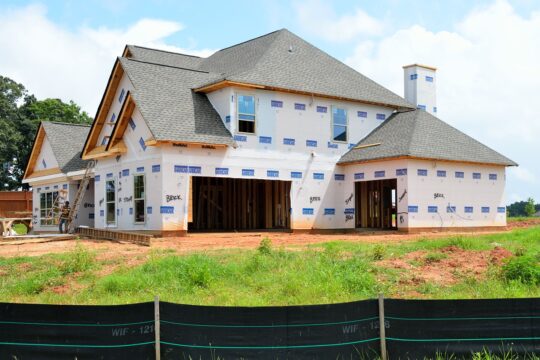
In recent years, the construction industry has witnessed a paradigm shift towards sustainability and environmental responsibility. Green construction practices are gaining popularity worldwide as developers, architects, and homeowners recognise the importance of minimising their carbon footprint. One prominent component of sustainable construction is the integration of solar power systems. This article explores the role of solar power as a viable and beneficial option within the realm of green construction.
Harnessing the Power of the Sun
Solar power is derived from the conversion of sunlight into electricity through photovoltaic (PV) panels or solar thermal systems. As a renewable energy source, solar power presents numerous advantages for green construction projects. By leveraging the sun’s energy, buildings can generate clean electricity, reduce dependency on non-renewable energy sources, and contribute to mitigating climate change.
Reduced Environmental Impact
Implementing solar power in construction significantly reduces the environmental impact of buildings. Traditional energy sources, such as coal and natural gas, produce harmful emissions that contribute to air pollution and climate change. By harnessing solar energy, buildings can lower their reliance on fossil fuels, thereby reducing greenhouse gas emissions. This transition helps combat global warming and improves overall air quality.
Energy Efficiency and Cost Savings
Solar power plays a vital role in enhancing the energy efficiency of buildings. By integrating photovoltaic panels into the design, construction projects can generate electricity on-site, meeting a significant portion of their energy needs. Excess energy can be stored in batteries or fed back into the grid, ensuring a continuous supply of clean power.
Additionally, solar power systems can help reduce reliance on traditional power grids during peak demand periods, alleviating strain on existing infrastructure. By offsetting electricity consumption from the grid, green buildings can experience considerable cost savings over their lifespan, making them financially attractive options for both developers and occupants.
Adaptable and Versatile
One of the key strengths of solar power is its adaptability and versatility in construction. Solar panels can be integrated into various building elements, such as rooftops, facades, and even windows, without compromising aesthetics. Building-integrated photovoltaics (BIPV) allow for seamless integration, enhancing the architectural design while harnessing the sun’s energy. This integration ensures that solar power becomes an integral part of the building’s functionality, rather than an add-on feature.
Resilience and Independence
Incorporating solar power into construction projects enhances resilience and energy independence. With solar panels, buildings can continue to generate electricity during power outages or grid disruptions, offering a reliable source of energy. This aspect is particularly significant in remote areas or regions prone to natural disasters, where reliable power supply is crucial.
Moreover, solar power systems reduce the dependency on fossil fuels, ensuring a more secure and sustainable energy future. As the world transitions towards a decarbonised economy, buildings equipped with solar power become pioneers in shaping a cleaner and greener society.
Government Incentives and Support
Governments around the world are increasingly recognising the importance of renewable energy and incentivising its adoption. Many countries offer financial incentives, tax credits, and subsidies to promote the installation of solar power systems. These incentives can significantly reduce the upfront costs and make solar power more accessible and affordable for construction projects. By taking advantage of these programs, developers and homeowners can reap the long-term benefits of reduced energy costs and increased property value.
The Future is Bright with Solar Power
As green construction practices gain momentum, solar power emerges as a central and indispensable component in creating sustainable buildings. Its environmental benefits, energy efficiency, adaptability, and contribution to energy independence make it an ideal solution for architects, developers, and homeowners alike. By harnessing the power of the sun, with the help of experts like Western Industrial, we can pave the way for a greener future, reducing our carbon footprint and fostering a more sustainable planet for generations to come.




